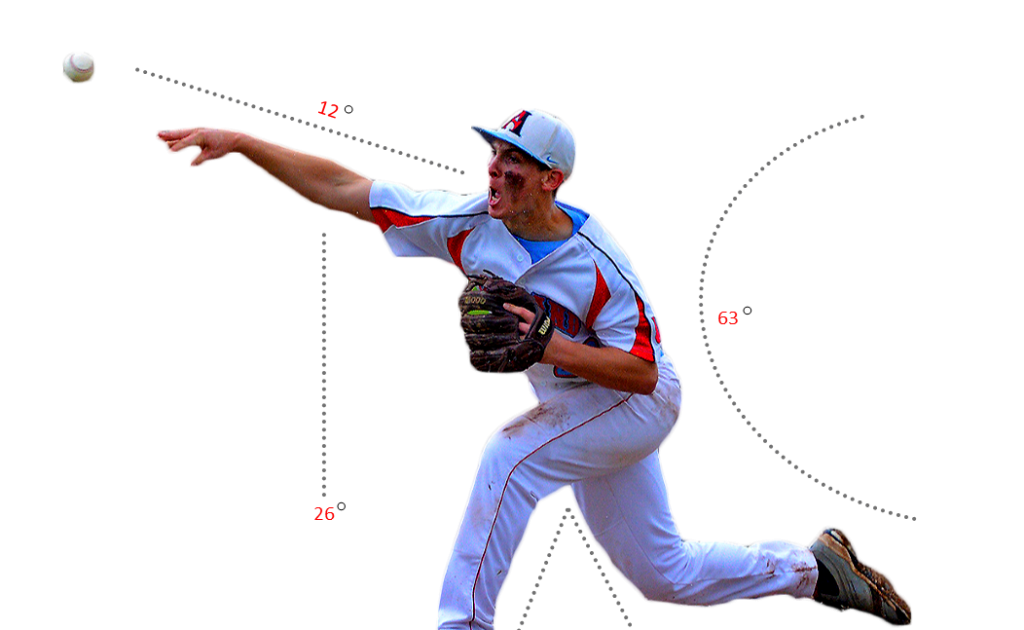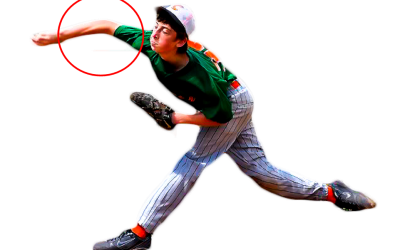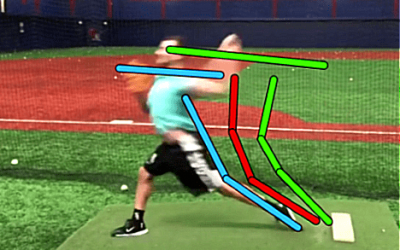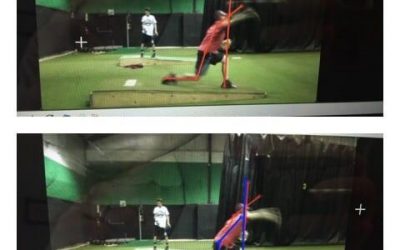
How to Optimize Kinetic Chain Reaction & Release
A KINETIC CHAIN REACTION is a sequence of reactions wherein a reactive product causes additional reactions to occur. This releases energy in a timed sequence. In baseball, this “sequence” causes energy release in the form(s) of kinetic, elastic, or mechanical energy. If one “sequence” is misaligned, the remaining sequences faulter. A perfect example of Kinetic Chain Dysfunction is a domino chain, wherein if one domino is misplaced (or misaligned, the remaining dominos will not fall properly.
Look at the down angle here! An opposite side fastball with down angle is one of the most difficult pitches to throw, as it requires the pitcher to stay back even longer, and to stay tall so they can power the baseball down. https://t.co/dfnnXrejvI!
@bigleagueedge#VeloPRO pic.twitter.com/y7hu6vJztE
— VeloPro Baseball (@VeloProBaseblI) February 22, 2019
[tcb-script async=”” src=”https://platform.twitter.com/widgets.js” charset=”utf-8″][/tcb-script]
According to the Law of Energy Dissipation, energy cannot be destroyed, and will find the path of least resistence – which are your joints. Since bone and muscle are stronger than ligaments, tendons, and muscle insertion points, energy escapement occurs within the joints and potential to injury occurs in soft tissue.
ENHANCING KINETIC CHAIN REACTION CAPABILITIES
There are many ways to Kinetic Reaction Enhancement. A stronger body increases KCR’s potential energy with more power, speed, and velocity capabilities. Exit hand speeds and increased arm whip improve KCR’s energy conversion rates. Increased mass improves Kinetic Chain Reaction force. Timing sync optimization improves elastic energy levels. And strong transfer stations (front foot strike especially) increase Kinetic Chain Reaction Baseball exit velocities.
[tcb-script async=”” src=”//www.instagram.com/embed.js”][/tcb-script]
KCR EQUAL AND OPPOSITE COLLISIONS
KCR heavily depends upon the scientific theorem principles of Newton’s Three Laws of Motion. For example, back hip drive’s opposite reaction is the creation of ground reaction force. Front knee flex (FKF) has an opposite reaction through front knee extension (FKE). Internal rotation (IR) and external rotation (ER) are equal and opposites.
KINETIC ENERGY – Energy of motion that is converted from potential, elastic, or mechanical – into kinetic energy (bat hitting the baseball or delivery throwing a baseball).
MECHANICAL ENERGY – This is the energy an object gets when work it conducted upon it. In baseball, this would be the energy created within a swing or when a pitcher winds up.
ELASTIC ENERGY – This is the stored mechanical energy an object possesses when its shape, volume, or structure is distorted. This would be more spine bow in a pitching delivery or more bat flex during a swing.
TORQUE – How much “twisting” force an object is experiencing. By increasing elastic energy and torque rate, pitchers and hitters exponentially increase power, speed, and velocity




